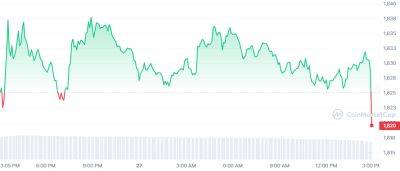Fed, NYDFS assess their supervisory performance after March’s big bank failures
Bank regulators in the United States have turned from introspection to confession after the high-profile bank failures in March. The New York Department of Financial Services (NYDFS) published its internal review of Signature Bank supervision on April 28, the same day the U.S. Federal Reserve Board released its review of the handling of Silicon Valley Bank (SVB).
The banks closed within days of each other, with California regulators shuttering SVB on March 10, and the NYDFS moving against Signature Bank on March 12. Crypto-friendly Silvergate Bank had preceded them, announcing its voluntary liquidation on March 8 and setting off runs on the banks. The string of failures set off shockwaves serious enough that U.S. President Joe Biden felt the need to tweet a response.
The Fed review started with findings that had been noted by commentators: the bank’s management failed to manage its risks, and supervisors “did not fully appreciate the extent of the vulnerabilities” of the bank as it “grew in size and complexity, even though “SVB’s foundational problems were widespread and well-known.”
Furthermore, supervisors failed to act quickly enough on the vulnerabilities they did identify. Annual Capital, Asset Quality, Management, Earnings, Liquidity, and Sensitivity to Market Risk (CAMELS) exams had uncovered deficiencies in 2021 and 2022, but changes in the supervisory team and the bank’s rapid growth got in the way of handling them, and:
Regulatory easing due to the passage of the Economic Growth, Regulatory Relief, and Consumer Protection Act (EGRRCPA) in 2019 led to a “tailoring approach” to regulating many large banks, including SVB. Supervisory policy was changed at the same time to place greater emphasis on due process,
Read more on cointelegraph.com










